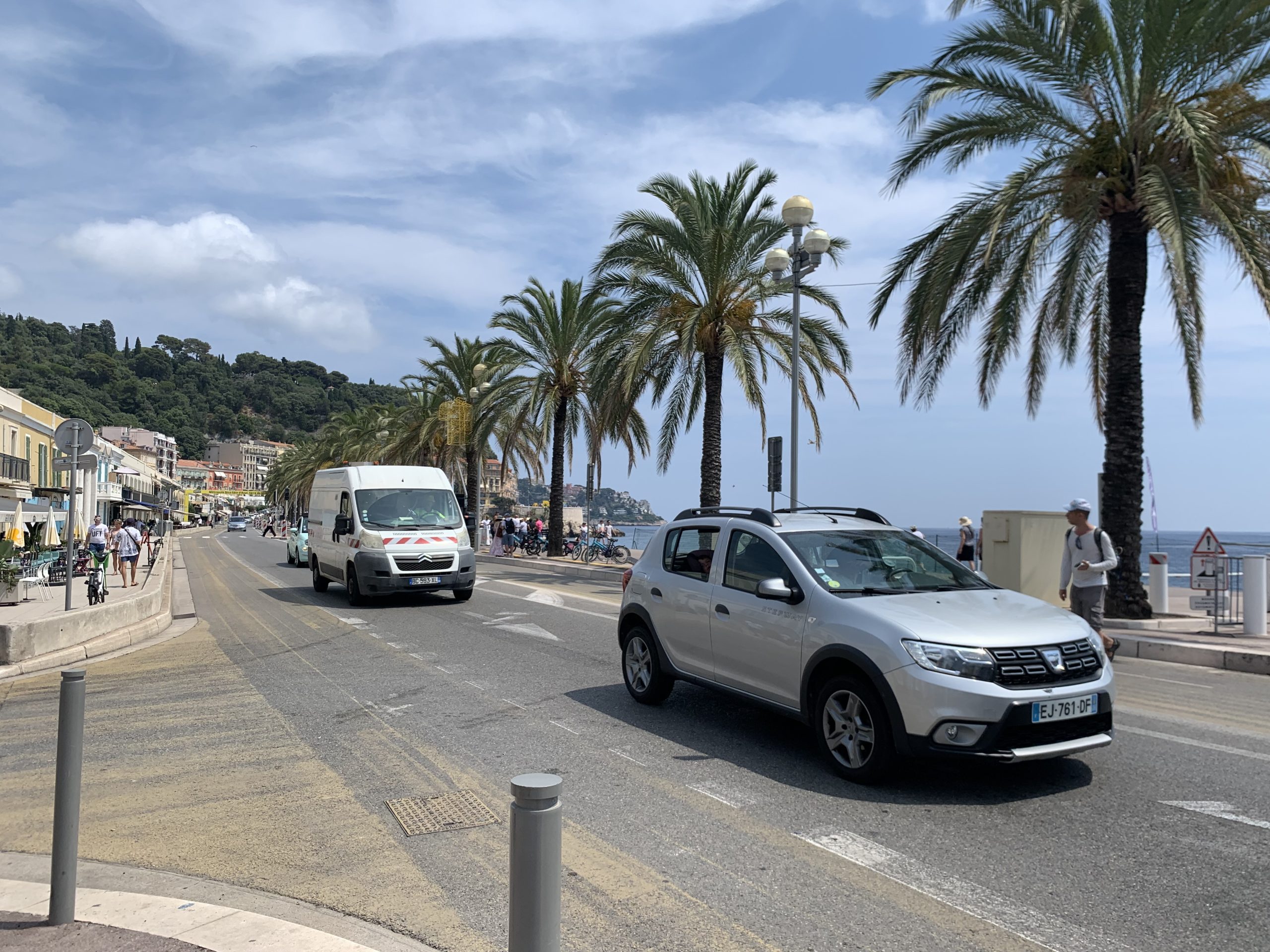
The Administrative Court of Appeal of Marseille suspends the decision of the Administrative Tribunal of Nice. The return of two-way traffic on the Quai des États-Unis is therefore blocked.
An AtmoSud study indicates that the closure of the west-east direction of the Quai des États-Unis has led to a reduction of approximately 60% in road traffic on this route. This also results in a significant improvement in local air quality. The Administrative Tribunal of Nice, in February 2024, wanted to restore two-way traffic. Nice and the Nice Côte d’Azur Metropolis appealed the decision and requested a stay of execution. The justice system ruled twice in favor of Nice and the Metropolis. It has confirmed that they do not have to enforce the decision of the Administrative Tribunal.
Good news for the city’s values
The City of Nice and the Nice Côte d’Azur Metropolis welcome these decisions as they align with the interests they defend. They therefore continue their efforts to obtain the annulment of the February 2024 judgment. It is deemed contrary to all commitments for sustainable development and the well-being of the inhabitants. Mateo, a bartender at Sixty-Three, is quite happy with this decision: “Two lanes might have meant more traffic even if currently the road is not heavily used, so potentially more nuisance.” Nice is known for its developments that calm public spaces. A “step back would be incomprehensible for the hundreds of thousands of pedestrians and cyclists who regularly use this route. It’s a matter of public health, environment, and quality of life,” explains the city of Nice in its press release.
Bad news for the residents
On the other hand, the opinion remains different for those primarily affected. Fadia works in the neighborhood. She mentions the difficulty of the commute if public transportation is blocked: “If I have to order an Uber, he has to go all around the city to pick me up. Before, it was more fluid and much easier.” Eric shares the same sentiment. He points out the poor use of space: “There is a pedestrian path that is really useless. Bikes, fine, but on the other side, there’s no one.”
The Port and Environment Neighborhood Committee of Nice, like other parties, has until September 19 to submit all documents to the tribunal. Its president, Jean-Michel Bidart, expresses his disappointment over the news from the Administrative Court of Appeal: “I am disappointed, but I’m not going to perform theatrics like our mayor and claim it’s a miscarriage of justice.” The observation is clear for him; the ecological argument is not valid: “The bike path is not as heavily used as we are led to believe. Plus, we don’t need to close a lane for it to exist. On the Promenade des Anglais, it is on the sidewalk, so why can’t we do the same? Moreover, the reduction in pollution is false since we add a five-minute detour. The city of Nice makes developments that pollute some neighborhoods compared to others. It shifts the pollution, it doesn’t fight it.” The tribunal will have to decide, possibly around December. If the decision is not in favor of the neighborhood, the committee indicates it will not hesitate to go to the Council of State.